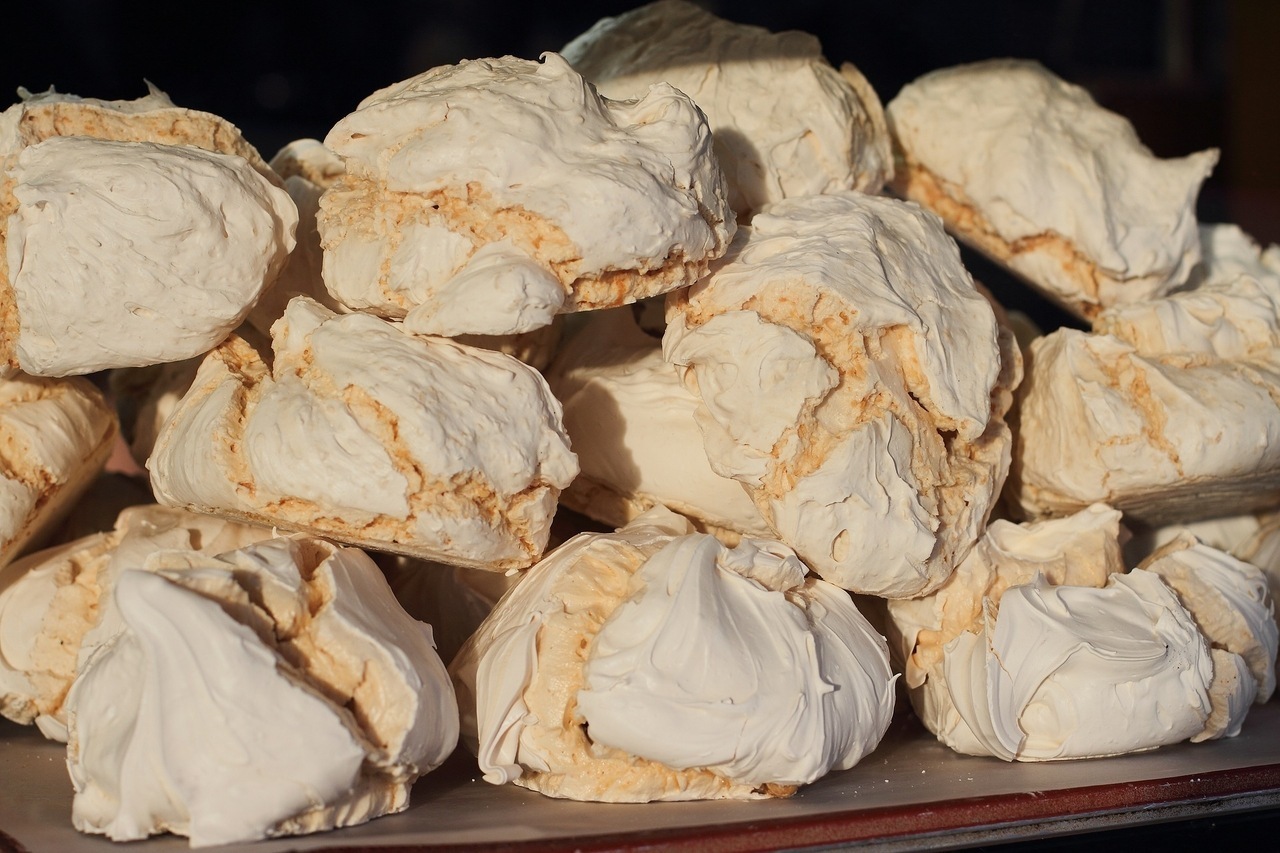DIY Hungarian treats for the Christmas season – RECIPES, VIDEOS

Have you ever wondered what Hungarians eat for treats when the Christmas season comes? What sweet snacks do they eat between the Christmas feasts? You need no further search as in this article, I will tell you everything about just that. What is more, you could try out the treats at home even if you do not have any shops around you that sell these things.
Let us start that journey by talking about the most popular sweet snack, the treat of treats when it comes to Christmas time in Hungary, the szaloncukor (salon candy). The szaloncukor is a typical Hungarian snack which, in many households, is also used as decoration for the Christmas tree. One aspect of this candy is the wrapping itself, which you can also customise to match the decor of the tree. If you are interested in it in greater detail, you can find out who sneaks the candy from its wrapping, but I will move on to how it is made. Because there is a wide variety of fillings for this candy, you can customise it for your family’s taste, but in this article, I can give you only a few examples.
Szaloncukor (salon candy)

Ingredients:
Chestnut filling:
- 250 g chestnut paste
- 3 tbsp cocoa powder
- 2 tbsp honey
- 1 tbsp apricot jam
- 1 teaspoon cinnamon
Coconut filling:
- 500 g granulated sugar
- 10 tbsp (~150 ml) water (about 100 ml more on the side if needed)
- 120 g coconut shavings
- 2 small packets of vanilla sugar
- 2 tbsp food starch
Jelly filling:
- 250 ml fruit juice (to your liking)
- 6 gelatine sheets
- 2 tbsp granulated sugar
For the coating:
- about two bars of chocolate of your liking

Instructions:
Chestnut:
Add the cocoa powder to the chestnut paste, the jam, cinnamon, and honey, and mix the ingredients well. Make about 2-3 cm cylinders from the paste and put them aside.
Coconut:
Add the water and the sugar to the bowl and boil it for 8 minutes after it first starts to boil. Add the coconut shavings and a little bit more water. When the water boils away again, add in the vanilla sugar. Boil it for 5 more minutes while constantly stirring. Mix in the starch and put the whole paste on something to let it cool. Once it cools, wet your hands and form similar cylinders as before.
Jelly:
Soak the gelatine sheets in cold water until they become soft. In a separate bowl, start boiling the fruit juice and add the sugar. Take out the now soft sheets of gelatine from the cold water and squeeze the water out of them. Add the sheets to the boiling fruit juice and mix them in. Pour them into an ice cube tray of sorts (could be any shape, but the regular rectangular is perfect) and let it cool down.
Coating:
Once you are ready with the fillings, melt some chocolate of your choice, and you can either pour it over the fillings or you can submerge the fillings like a fondue. Put the coated treat on parchment paper and let the chocolate harden. You can follow the recipe of Receptvideók in this video:
You can make a wrapper with parchment paper on the inside and any soft paper you want on the outside. You could also use food-safe plastic foils or sheets, and here is a video on how you can make your own re-usable cloth candy wrappers. There is also a video on how the szaloncukor is usually made in a chocolate manufacture.
Habcsók (meringue)

Another dessert that could also be used as decoration for the Christmas tree is a habcsók (literally: foam kiss). A light (literally) dessert made of egg-whites and sugar, it is also known outside of Hungary as a meringue. Although not of Hungarian origin, it is often used for decorating trees – by threading a string through it – in households in Hungary. This recipe is from Nosalty.
Ingredients:
- egg white of 2 eggs
- 100 g powdered sugar (you can use caster or granulated sugar as well)
Instructions:
Preheat the oven to 180°C. Whisk the egg whites and gradually mix in the sugar until you get a thick but still somewhat runny paste. Put the mixture in a pastry bag and squeeze little mounds or rings onto an oven pan lined with baking paper. Bake it in the preheated oven for 10 minutes. Turn off the heat in the oven but leave the treats in for another ten minutes to dry.
This is a base recipe; you can add in food colouring, vanilla extract, or marble it with fruit juice. The ingredients are relatively cheap, and it does not take long to make them, so feel free to experiment and come up with your own colours and shapes. There is also a video recipe for you:
One of the most popular and well-known Hungarian pastries is bejgli, and you can find a good recipe for the Hungarian bejgli in this article. Another famous Hungarian dessert is zserbó. For a traditional zserbó recipe, read this article.
Kókuszgolyó (coconut ball)

Kóksuzgolyó is also a beloved dessert of many Hungarian families. It is easy to make, but it tastes incredible. You could omit the coconut shavings on top, and you could even coat it in chocolate or glaze, or if you wanted, you could use this recipe and wrap it in szaloncukor wrapping. A similar type of Hungarian treat even made a cameo in Netflix’s Lucifer, but more on that in another article.
Ingredients:
- 500 g biscuit crumbs (sweet or unsalted, you can also break up whole biscuits yourselves)
- 2 tbsp unsweetened cocoa powder
- 1 small packet of vanilla sugar
- 200 g powdered sugar
- 200 g butter
- 200 ml milk
- 20 drops of rum flavouring
- 200 g coconut shavings
Instructions:
Leaving out the coconut shavings, mix together all the ingredients into a thick mouldable paste. With a wet hand, form balls, and then roll them around in the coconut shavings until they are covered. Put it in the fridge for 1-2 hours, and you can serve them afterwards.
This is a base recipe from Nosalty. Some families put rum cherries in the middle. Using this same recipe, if you make a coconut crème and flatten the dough, you could make coconut rolls instead of balls. Experiment. You can also follow a video on how to do it here:
Source: Daily News Hungary, Nosalty.hu, Receptvideók.hu,

